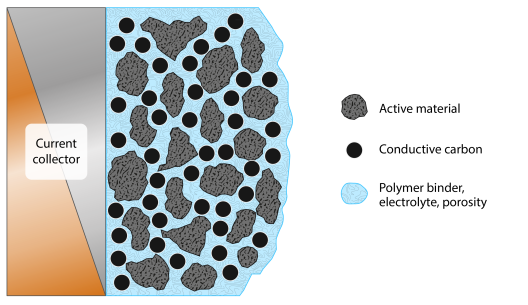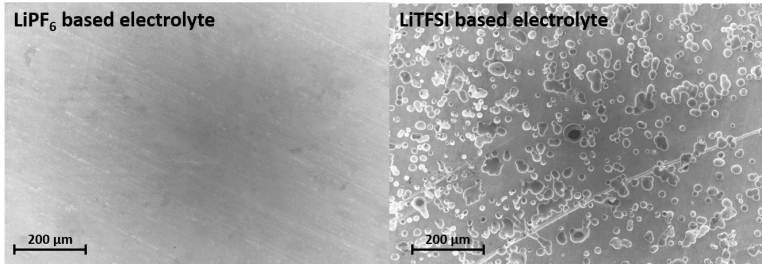Inactive Materials

Although they are often not in the focus of research, inactive materials such as binders, electrically conductive carbon black, electrical conductors or separators nevertheless have important functions in battery cells. Separators, for example, prevent short circuits in the cell by means of the porous foils which separate the electrochemical reactions of the anode and cathode from each other. Separators can also have a significant influence on the interplay between anode and cathode – the so-called crosstalk – and thus have an effect on the battery cell’s service life. Carbon black generates a network and, in doing so, ensures electronic and thermal conductivity within the electrodes. Binders, on the other hand, have the task of functioning as an adhesive – and, at the same time, flexible – connection between the various materials in the electrodes.
Significant Influence on Battery Cell Parameters
Even though attempts are generally made to keep the proportion of inactive materials in battery cells low – because they cause additional weight and volume – they still have a significant influence on aspects of cells such as energy density, power density, service life or safety. Examples of research at MEET on inactive materials are studies on the stability of aluminium electrical conductors in different electrolytes, or the influence of binder materials on the stability of silicon-based anodes.


